They were moms, sisters, daughters, and spouses, but another thing they all had in common was that they were fierce warriors.
Throughout history and all around the world, warrior women have taken up arms and fought alongside their male counterparts.

Despite being vastly outnumbered by the men, these fearsome females have each made a permanent mark on history.
1. Grace O’Malley

For those of you who were disappointed that Grace O’Malley was left off our list of female privateers, let us now share the story of this 16th-century Irish privateer, also known as Gráinne Mhaol. Hers is a story born out of teenage defiance.
Grace was not allowed to sail with her father as her mother believed that her long hair would get tangled in the ship’s ropes. Grace therefore hacked off her locks and took part in her father’s voyages. Coming from a seafaring family, Grace O’Malley was destined to sail and, backed financially by her two husbands, she was able to follow a career on the seas.
She made her name by assaulting the west coasts of Scotland and Ireland and was indifferent to the English laws that were imposed on her native country. Legend has it that Grace was so tough that she gave birth on the deck of a ship and then later in the day defended the same vessel against pirates.
Her most famous confrontation was against Queen Elizabeth I. When the Queen challenged her privateering mission, Grace approached Elizabeth and requested to be allowed to proceed as long as it was against the adversaries of England.
2. Rani Lakshmibai
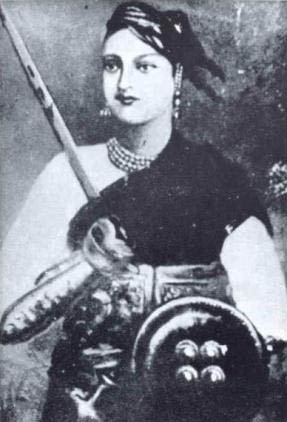
This 19th-century Indian queen is an exciting figure. Raised to fight and to ride, Lakshmibai lost her mother at the age of four. She was married to the leader of Jhansi province in northern India. After the death of their own son, she and her husband adopted a young man called Anand Rao as their beneficiary.
After her husband died, Lakshmibai became regent. She resisted the attempts of the British to take control of the province of Jhansi and at the age of 22, in 1858, she staged a rebellion against them.
For over a year, war raged in the territory of Jhansi. The British subdued Lakshmibai’s forces and in the spring of 1858, they blockaded her home and she was unable to escape. Eventually, Lakshmibai figured out how to break through the fortifications of the city of Gwalior, and she stood up to the British forces, an act of rebellion for which she was executed.
3. The Trung Sisters
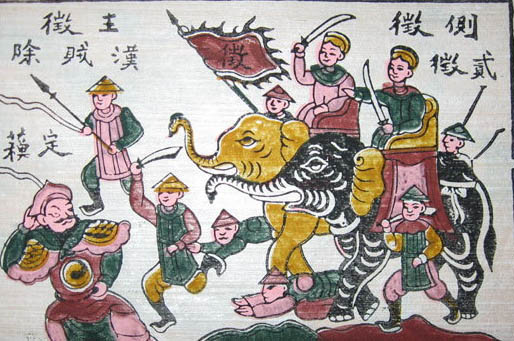
The Trung sisters were bold Vietnamese warrior women who battled to expel their Chinese overlords in the first half of the first century AD. The country was under the control of the Chinese for a considerable length of time, but Vietnam found itself in desperate straits when the Han dynasty took control during the 40s AD. Fighting broke out, and the husband of the elder Trung sister, Trung Trac, was killed.
This led her to revolt alongside her sister, Trung Nhi, and together they devised a plot to expel the Chinese legislative leader of Vietnam, making themselves joint queens of an autonomous state. However, their power base (for the most part made up of workers who weren’t natural fighters) was not well coordinated in the face of their opponents. The Trung sisters were defeated and, as legend has it, they committed suicide instead of being killed by the enemy.
4. Nzinga of Ndongo and Matamba
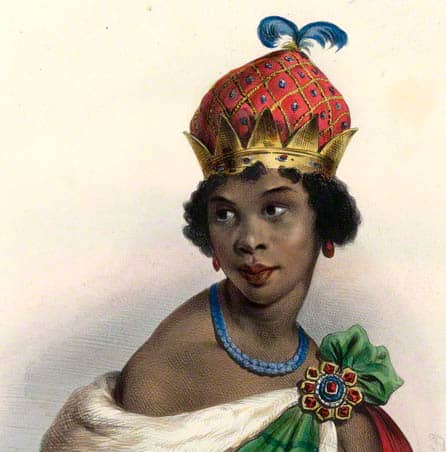
In early modern times, numerous African coastal countries were besieged by slave merchants. However, Nzinga of Ndongo (now present-day Angola), took the slave traders on. In 1624, she rose to the honored position of regent, and then to the position of sovereign in her own right.
Her rule was continuously challenged by different contenders to the throne, so Nzinga aligned herself with the Portuguese against her opponents. This not only put an end to the Portuguese slave trade in Ndongo, but also resulted in Nzinga converting to Catholicism, further strengthening her alliance.
Not long after this, the Portuguese walked out on Nzinga, and she allied herself with the Dutch instead and continued to fight for her country’s freedom. At one point, she needed to escape Ndongo, so she created another country called Matamba, employing escaped slaves as defensive troops.
5. Boudica
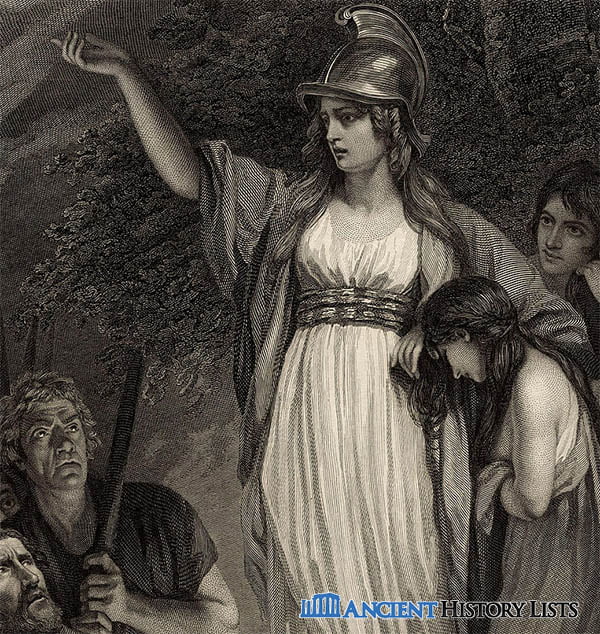
The Romans invaded Britain in the first century AD, amidst fierce opposition from the native Britons. One such Briton was Boudica from the Iceni tribe in the east of England. She became ruler of her clan after her husband died. He left everything to the Romans on his death in a bid to make peace. However, by 60 AD, Boudica had seen her lands seized, her daughters assaulted, and her kingdom taken from her.
Boudica put up fierce resistance to the Roman invaders, encouraging thousands to follow her standard. She torched the Roman settlements of Camulodunum, Verulamium, and Londonium (present-day Colchester, St Albans, and London), and is said to have butchered 70,000 people in one battle alone. Eventually, the British representative Paulinus curbed the revolutionaries at the Battle of Watling Street in 61 AD, and Boudica killed herself with poison.
6. Mavia of Arabia

Mavia is an intriguing ancient ruler, queen of a group of migrant clans who lived in southern Syria. In the late fourth century AD, the Roman emperor Valens required more troops to fight his enemies in western Europe, so he called for assistance from the east. Mavia had assumed power after the death of her husband, and she did not respond well to Valens’ request.
Instead of providing troops, Mavia attacked and conquered town after town, bringing them under her control. She had the Romans on the run, and attempted to drive them out of their eastern territories such as Egypt. Eventually, Mavia made peace with Valens when he made her most beloved priest the religious administrator over her home region.
In return, Mavia did help the Romans out at the Battle of Adrianople – which Valens lost – and she even married her daughter off to a Roman. However, this cooperation eventually broke down.
7. Zenobia
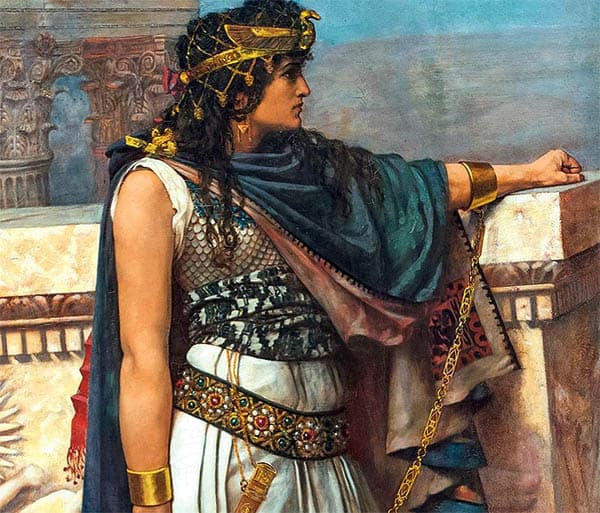
Mavia wasn’t the only Levantine ruler to rise up against Rome. Her predecessor, Zenobia, Queen of Palmyra in present-day Syria, also staged a revolt in the late third century AD. She came to power as the wife of Odaenathus. When Odaenathus and his oldest child were killed, Zenobia became regent. Whereas Odaenathus had been a client king, subordinate to and united with Rome, Zenobia was a different story.
She exploited the fact that the Western Roman Empire was in a considerable amount of trouble during the 260s. She conquered large parts of Syria and Egypt in 269, and later, pockets of Asia Minor, declaring herself free from Roman rule. Eventually, the Roman emperor Aurelian defeated her at Antioch and captured her and her child as they attempted to escape. The Romans destroyed her city of Palmyra, and Zenobia and her child were taken to Rome as trophies.
8. Artemisia I of Caria
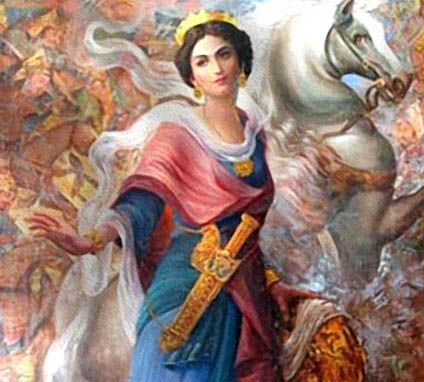
Everybody associates the Persian ruler Xerxes with the attack on Greece, but a lesser known fact is that one of his main partners was a woman: Artemisia, Queen of Caria in Asia Minor. She offered him five ships as part of his invasion force.
While Xerxes watched the battle rage from the shore, Artemisia sailed her ships against the Greeks. She became trapped between the Greek and Persian armadas, but was able to escape due to a case of mistaken identity on the part of the Greeks. She took full advantage of this mistake and, after the battle, became one of Xerxes greatest advisors.
9. Tomyris
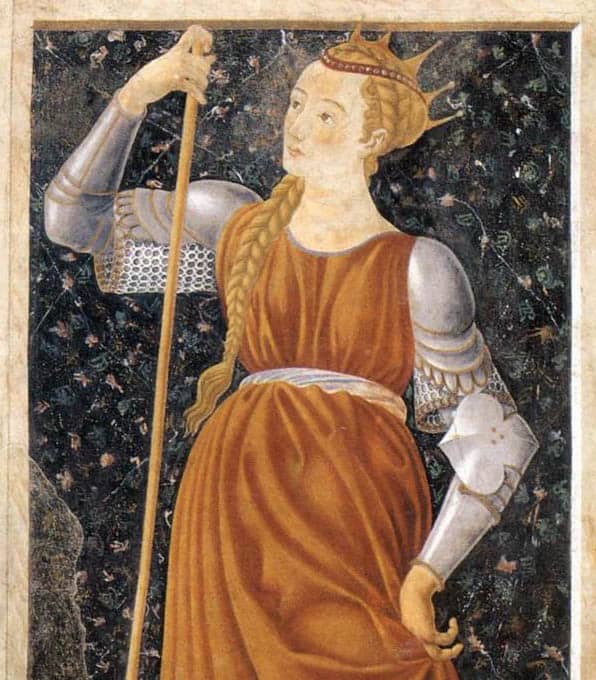
Cyrus the Great, King of Persia, was an extraordinary ruler in his own right, but he was certainly challenged by his chief adversary, Queen Tomyris of the Massagetae. Tomyris ruled over a migrant people in Central Asia. In 529 BC, Cyrus attempted to vanquish these nomadic horsemen.
Cyrus thought the best way to do this would be to marry the widowed Tomyris, but she had other ideas. In an attempt to win her over, Cyrus laid on – and then abandoned – a great feast. The Massagetae, unused to alcohol, drank all the wine at the feast, and while they were inebriated, Cyrus returned and killed a great number of them, including Tomyris’ own child. Tomyris retaliated by trapping Cyrus’ troops in a tight pass and butchering every one of them including Cyrus himself.
Conclusion
Thus, we have so many women warriors in the ancient world who fought hard for their causes. Female warriors were rare, but often proved that their skill on the battlefield was matched only by their courageous spirit. These women served as an inspiration to their contemporaries and are still role models for women today.